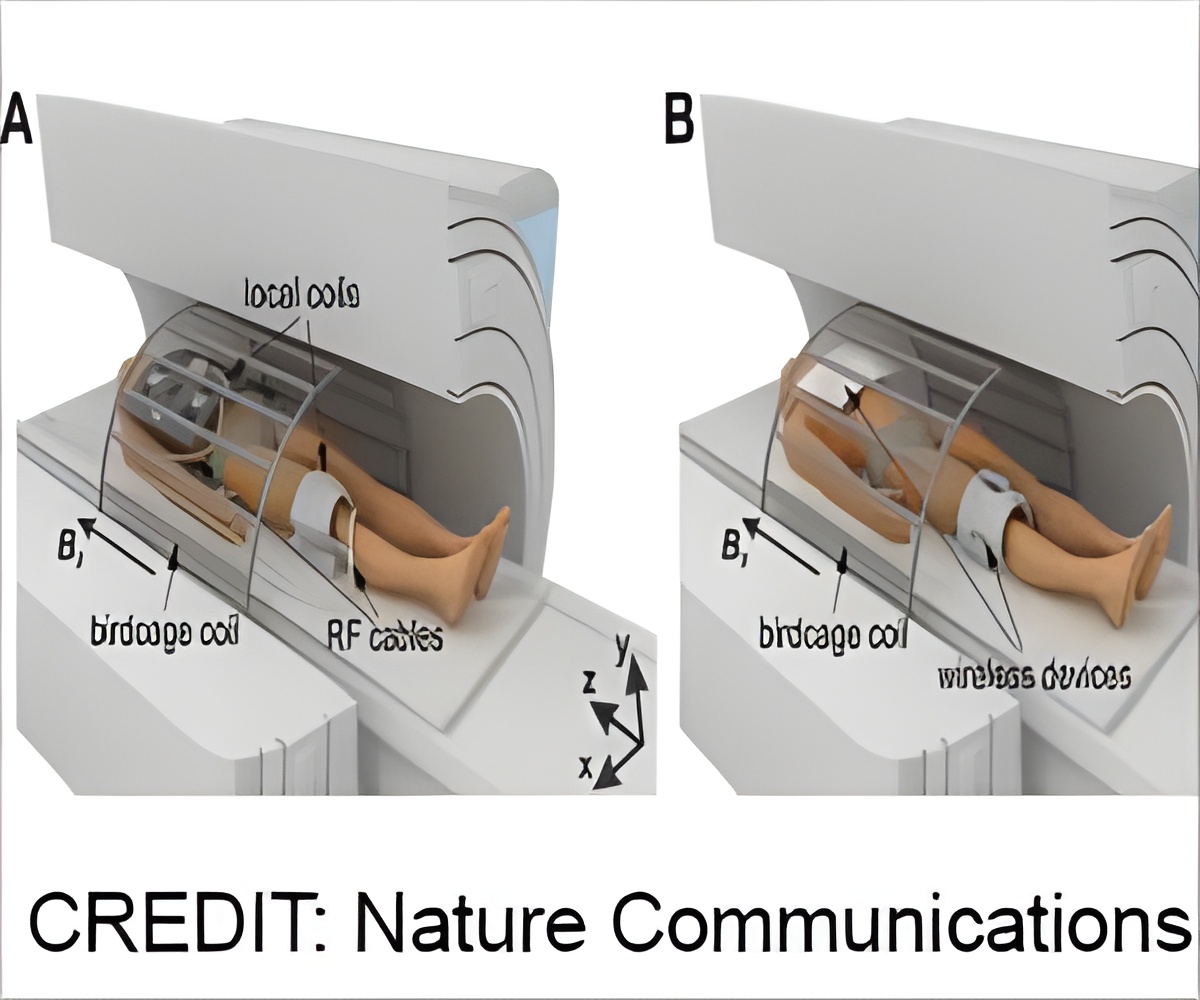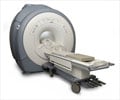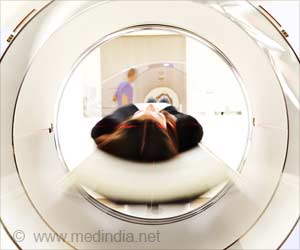Updating MRI scanners with a system suggested by Russian scientists can make breast MRI more efficient and simple without needing any additional specialized equipment.

‘Effective breast MRI by using new approach that localizes and increases magnetic field in the breast without any specialized additions.’
Read More..




A paper presenting the results of the work was published in Nature Communications.Read More..
Magnetic resonance imaging (or MRI) is especially useful in diagnostics of breast cancer at its early stages.
"Compared to an X-ray or ultrasound examination, an MRI scan allows us to precisely localize the tumor, which affects the accuracy of the diagnosis," explains Alena Shchelokova, first co-author of the paper and research associate at ITMO's Faculty of Physics and Engineering.
However, despite the possibilities opened to medical specialists by MRI, this method is rarely used to produce breast scans because apart from the scanner itself, this procedure requires additional specialized equipment.
At the heart of every standard MRI scanner is a large coil used to excite magnetic resonance in the human body. Its size is comparable to that of the human body, and the coil itself is sometimes referred to as the birdcage.
Advertisement
"There are two key processes in MRI: excitation and signal reception," says Alena Shchelokova.
Advertisement
A group of scientists, including ITMO University researchers, has suggested another approach to the problem.
The novel concept of targeted clinical MRI applied to breast imaging is based on a local redistribution and passive focusing of the radio frequency magnetic field of the large body coil through electromagnetic coupling with an additional dielectric resonator surrounding the target area. The resonator itself is made from a special type of ceramics produced by a company in St.Petersburg.
This new ceramic material has high dielectric permittivity and extremely low dielectric losses. If set to work in the frequency of the scanner, it localizes and increases the magnetic field in the breast, while the excitation and reception of the signal are conducted by the body coil.
At the same time, the device doesn't generate or receive the signal, but only serves the purpose of focusing the field in a specific place and then transmitting the energy of excited protons point wise to the large coil.
Thanks to the fact that the electromagnetic field is now concentrated inside the area of interest, the power of the body coil can be sufficiently turned down. Consequently, this MR examination becomes safer for patients than the standard one.
The device itself is also cheaper than the specialized receive coil for the breast provided by manufacturers.Additionally, it doesn't need to be connected to the scanner with a complex system of wires.
It is completely wireless and doesn't have so many fragile parts. Moreover, the resonator is compatible with all models of standard clinical scanners, while the standard receive coils need to be purchased from the same manufacturer that produced the scanner.
Source-Eurekalert















